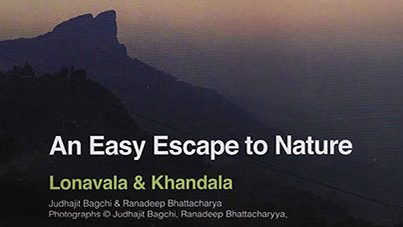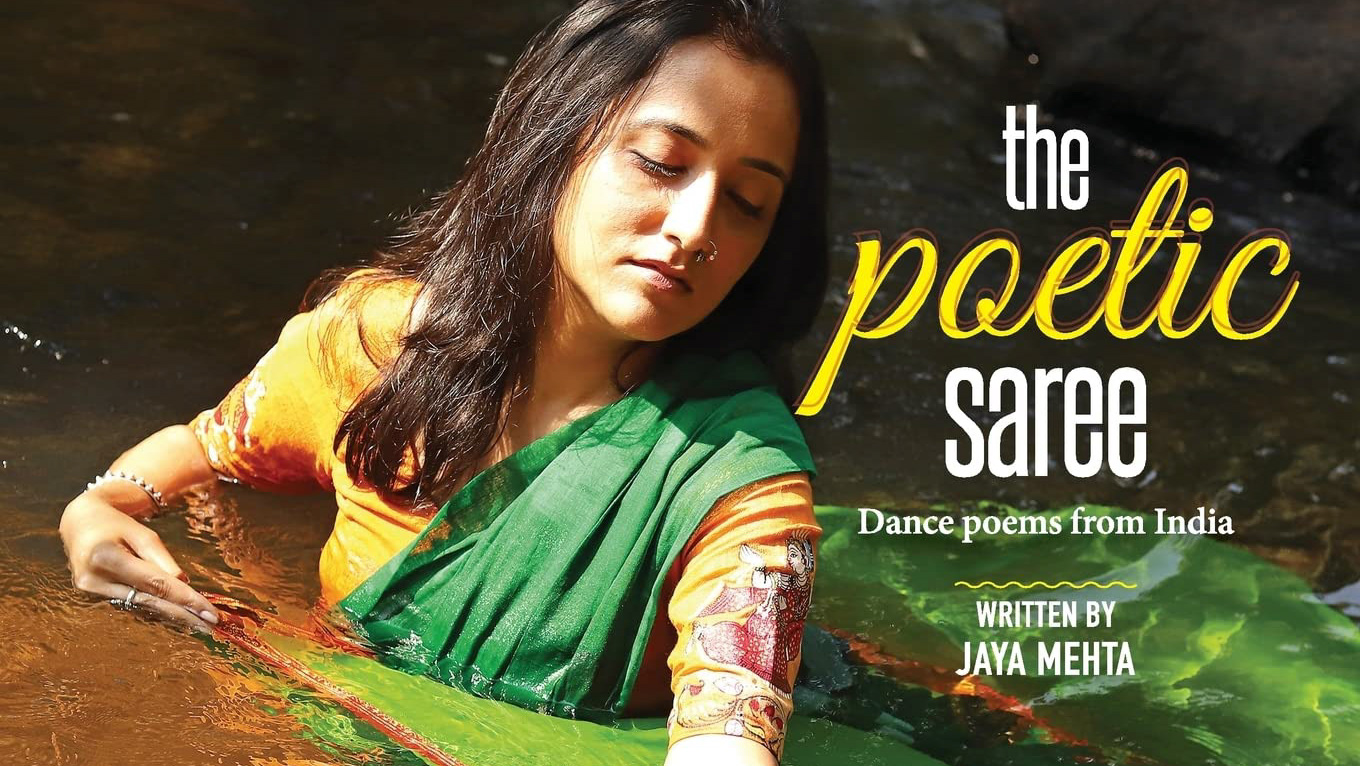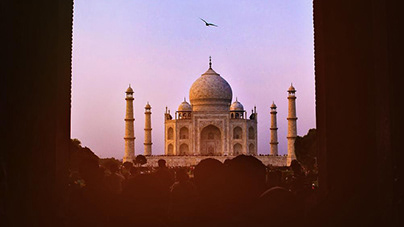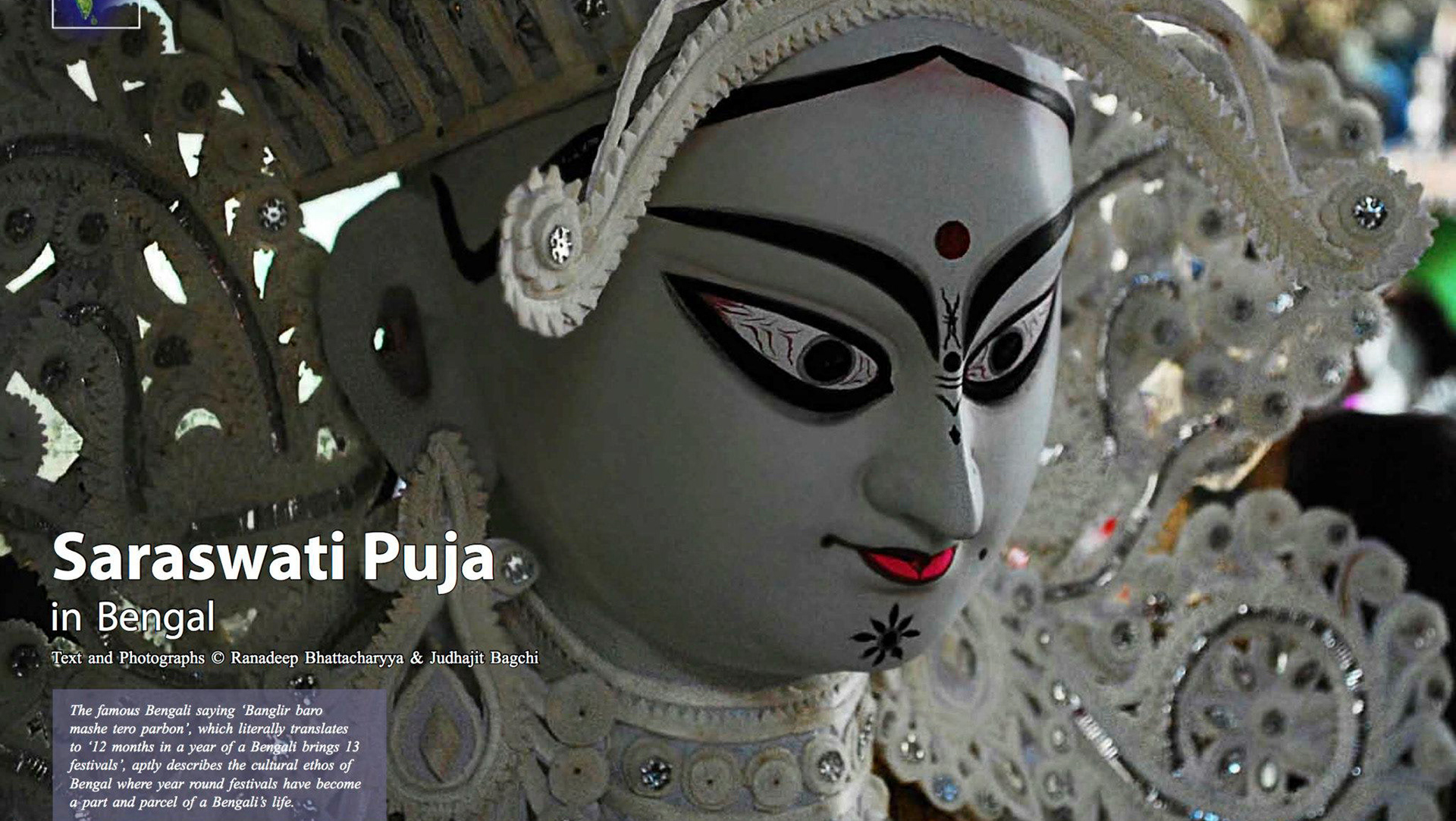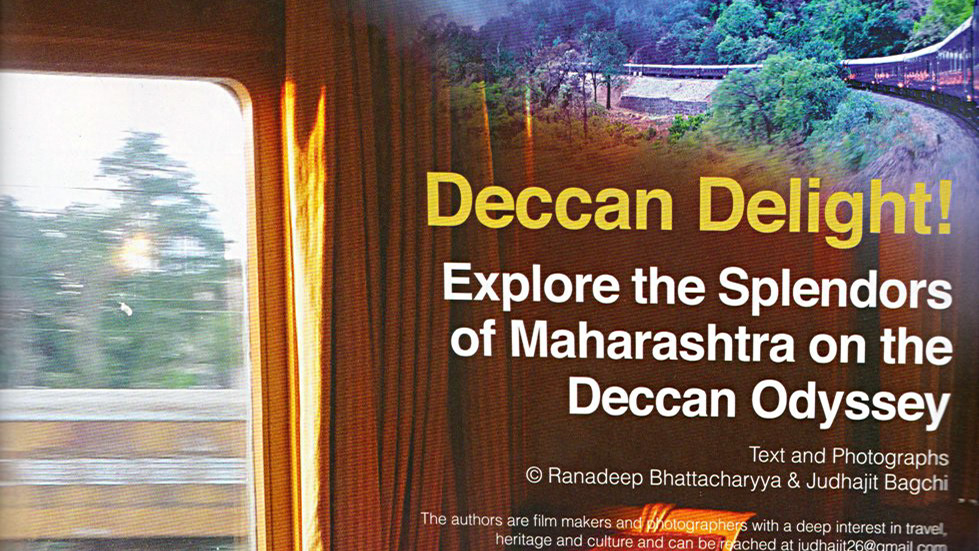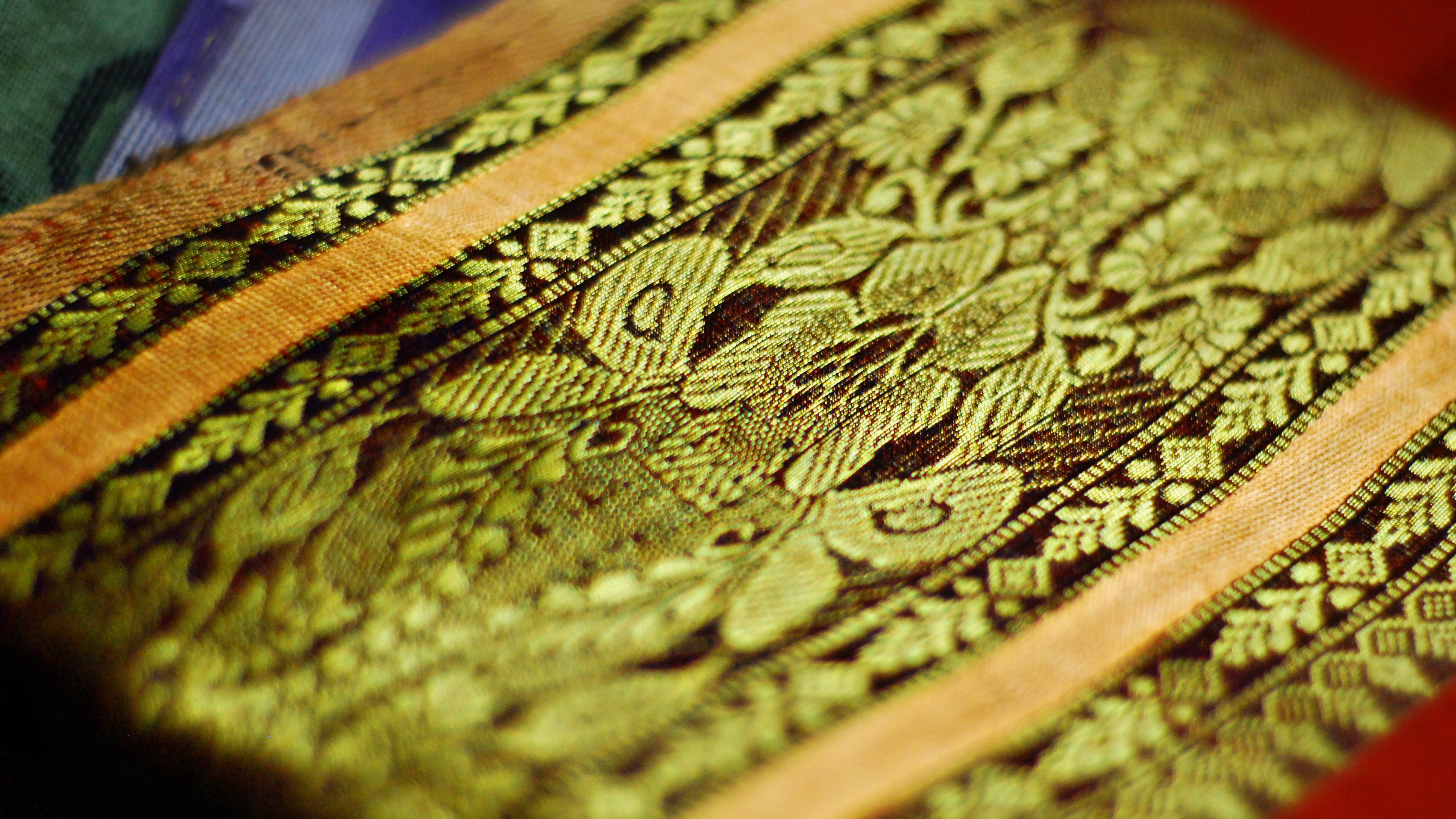We had the privilege of being part of the International Photo Exhibition on UNESCO World Heritage sites in India and abroad at Alliance Francaise de Bangalore in January 2015.
Photographers: Judhajit Bagchi & Ranadeep Bhattacharyya
Prints available for Sale. Write to contact@yaanusfilms.com
Heitage Site: Ajanta Caves
Location: Aurangabad (Maharashtra)
The Ajanta Caves (Ajiṇṭhā leni; Marathi: अजिंठा लेणी) in Aurangabad district of Maharashtra, India are about 30 rock-cut Buddhist cave monuments which date from the 2nd century BCE to about 480 or 650 CE.[1] The caves include paintings and sculptures described by the government Archaeological Survey of India as "the finest surviving examples of Indian art, particularly painting",[2] which are masterpieces of Buddhist religious art, with figures of the Buddha and depictions of the Jataka tales.[3] The caves were built in two phases starting around the 2nd century BCE, with the second group of caves built around 400–650 CE according to older accounts, or all in a brief period of 460 to 480 according to the recent proposals of Walter M. Spink.[4] The site is a protected monument in the care of the Archaeological Survey of India,[5] and since 1983, the Ajanta Caves have been a UNESCO World Heritage Site.
(Wikipedia)
Heitage Site: Ellora Rock Cut temples
Location: Aurangabad (Maharashtra)
Ellora(\e-ˈlȯr-ə\, Marathi: वेरूळ Vērūḷa), is an archaeological site, 29 km (18 mi) North-West of the city of Aurangabad in the Indian state of Maharashtra built by the Rashtrakuta dynasty. It is also known as Elapura (in the Rashtrakuta literature-Kannada). Well known for its monumental caves, Ellora is a World Heritage Site.[1] Ellora represents the epitome of Indian rock-cut architecture. The 34 "caves" are actually structures excavated out of the vertical face of the Charanandri hills. Buddhist, Hindu and Jain rock-cut temples and viharas and mathas were built between the 5th century and 10th century. The 12 Buddhist (caves 1–12), 17 Hindu (caves 13–29) and 5 Jain (caves 30–34) caves, built in proximity, demonstrate the religious harmony prevalent during this period of Indian history.[2] It is a protected monument under the Archaeological Survey of India.
(Wikipedia)
Heitage Site: Elephanta Caves
Location: Elephanta Island, Mumbai (Maharashtra)
Location: Elephanta Island, Mumbai (Maharashtra)
The Elephanta Caves (Marathi: घारापुरीची लेणी, Gharapurichya Lenee) are a network of sculpted caves located on Elephanta Island, or Gharapuri (literally "the city of caves") in Mumbai Harbour, 10 kilometres (6.2 mi) to the east of the city of Mumbai in the Indian state of Maharashtra. The island, located on an arm of the Arabian Sea, consists of two groups of caves—the first is a large group of five Hindu caves, the second, a smaller group of two Buddhist caves. The Hindu caves contain rock cut stone sculptures, representing the Shaiva Hindu sect, dedicated to the god Shiva. The rock cut architecture of the caves has been dated to between the 5th and 8th centuries, although the identity of the original builders is still a subject of debate. The caves are hewn from solid basalt rock. All the caves were also originally painted in the past, but now only traces remain.
(Wikipedia)
Heritage Site: Konark
Location: Orissa
Konark (Oriya: କୋଣାର୍କ) (Sanskrit: कोणार्क) is a small town in the Puri district in the state of Odisha, India. It lies on the coast by the Bay of Bengal, 65 kilometers from the capital of the state, Bhubaneswar.[1] It is the site of the 13th-century Sun Temple, also known as the Black Pagoda, built in black granite during the reign of Narasimhadeva-I. The temple is a World Heritage Site.[2] The temple is now mostly in ruins, and a collection of its sculptures is housed in the Sun Temple Museum, which is run by the Archaeological Survey of India.
Konark is also home to an annual dance festival called Konark Dance Festival, held every December, devoted to classical Indian dance forms, including the traditional classical dance of Odisha, Odissi. (Wikipedia)



